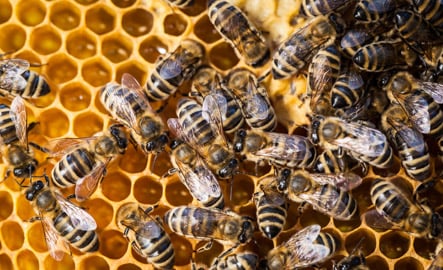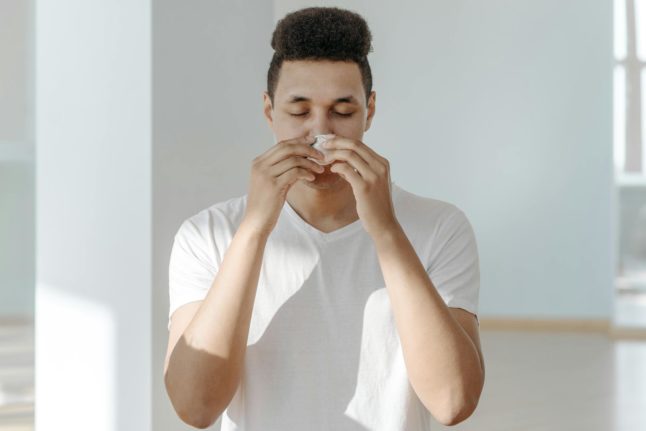In the province of Styria, beekeepers believe up to 20 percent of bee colonies have died due to climate change.
The Beekeepers Association is meeting with the environment ministry on Thursday to draw up new guidelines on bee health, and will make suggestions on how to improve beekeeper training.
"Initial estimates suggest we have lost just over 20 percent of colonies in Styria,” Maximilian Marek, president of the Styrian Beekeepers Association, told the Austrian broadcaster ORF. “It’s a painful loss but not as bad as in other provinces,” he added.
Beekeepers across Austria were asked to fill out a questionnaire designed to find out how many bee colonies survived the winter and how many had to be treated for mites.
“Some beekeepers lost all their bees – so there’s definitely a problem and we need to find out why,” Marek said. He believes it is due to climate change, with Austria experiencing unusually warm autumns and mild winters for the past few years.
"We are losing bees during their resting phase – when they are meant to reduce their metabolism and tend to hibernate. It’s very important that bees rest during the winter and then work to produce the next generation."
Marek added that not enough beekeepers are properly educated about bee health and is calling for a beekeeper’s license to be introduced. “Beekeeping is free and anybody can decide to keep some hives – but not everyone has learnt the required skills.”
He said that bee deaths during the winter had nothing to do with pesticide use in farming – as this wouldn't affect the bees until Spring.
The European Red List, a comprehensive expert assessment, found that almost one in ten of Europe's native wild bees face extinction.
Bees play an essential role in pollinating crops, and experts have urged for a better regulation of commercial honey bees to ensure they don’t spread disease to wild bee populations.




 Please whitelist us to continue reading.
Please whitelist us to continue reading.
Member comments